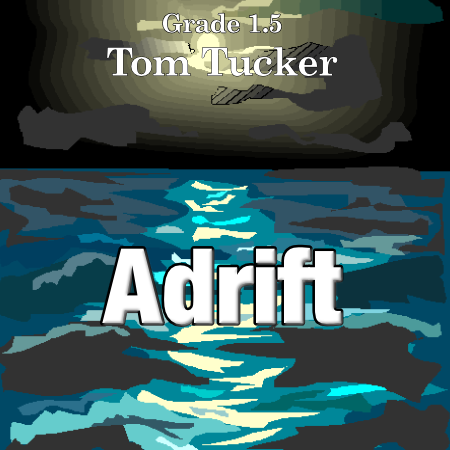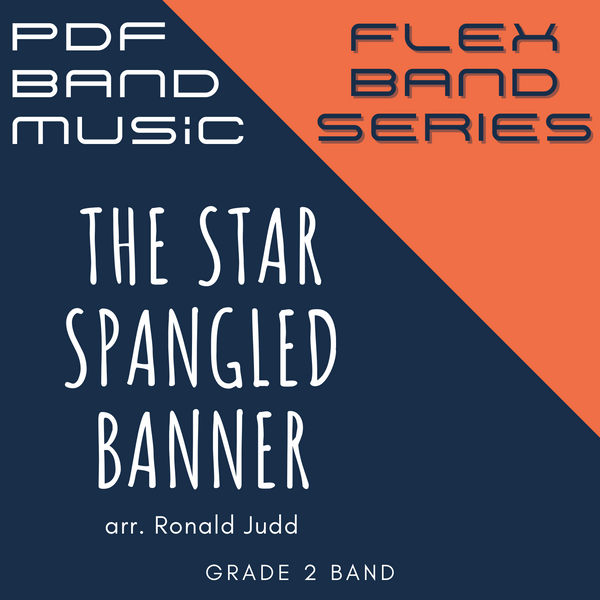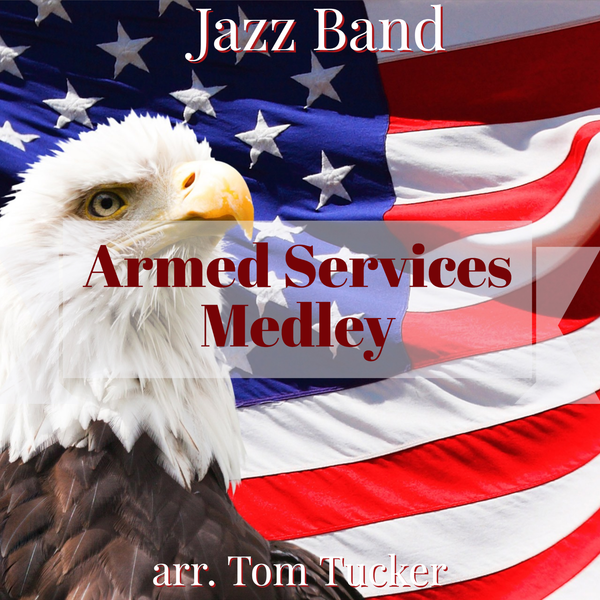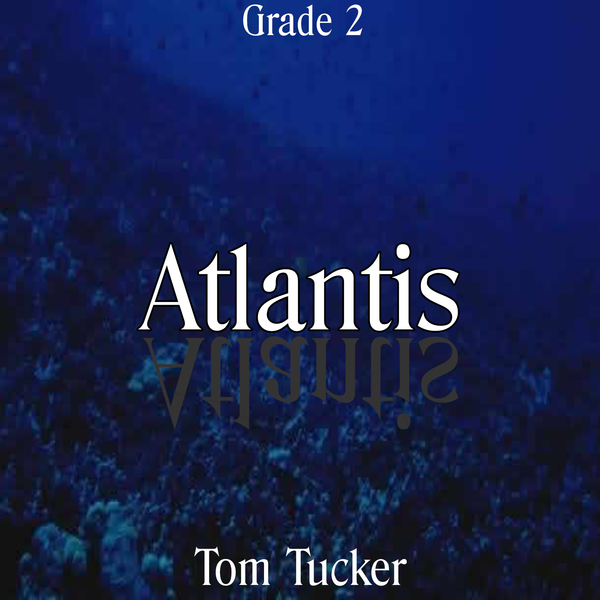|
"Long Live the Magyars" is a transcription for bands looking for a memorable, quick and colorful selection for concert or contest performances.A 'Magyar' is a nickname for a person of Hungarian descent. It is like calling an American a 'Yankee.' The political history of Eastern Europe in the late 19th century was one of great turmoil and being a Magyar was not always acceptable to the ruling government of the region. In 1867 a treaty was signed that brought respect back to the Hungarian people. In honor of the second anniversary of the Austro-Hungarian Agreement, the famous musical Strauss brothers, Johann II, Josef and Eduard, were invited to give several celebratory concerts with their orchestra. Johann II wrote the polka 'Eljen a Magyar' for this grand occasion in 1869 and dedicated the piece to the Hungarian nation.
The piece is a quick dance that draws upon some folk-like themes including quotes from the Rakoczy March, which for years was the unofficial Hungarian national march. The original orchestra piece was written in E minor/E major with the Trio in C major. This transcription/arrangement was done « step higher to place it into keys better handled by school bands: F minor/F major with the Trio in Db major. Please do not let the Db section scare you away. The fingerings lay well for all instruments and the lines are basically diatonic.
The overall style should be light and playful, even in the louder sections. Staccato, marcato and accented notes are on the short side and are to be contrasted with notes without articulation marks. This is definitely danceable 'toe-tapping' music!
There are some parts that are optional for the conductor. The piccolo part adds color at important moments in the arrangement but is not required for the piece to work. The clarinet 3 part remains entirely below the break. The piece works fine without this part if the conductor wants to have all the clarinets over the break. The ending exclamation is not in the original but it is a traditional ending to the piece.
Conductors are encouraged to listen to some of the many recordings available online of this piece and share them with their students. There is no better way of learning about style then to listen to great musicians in performance.
|









